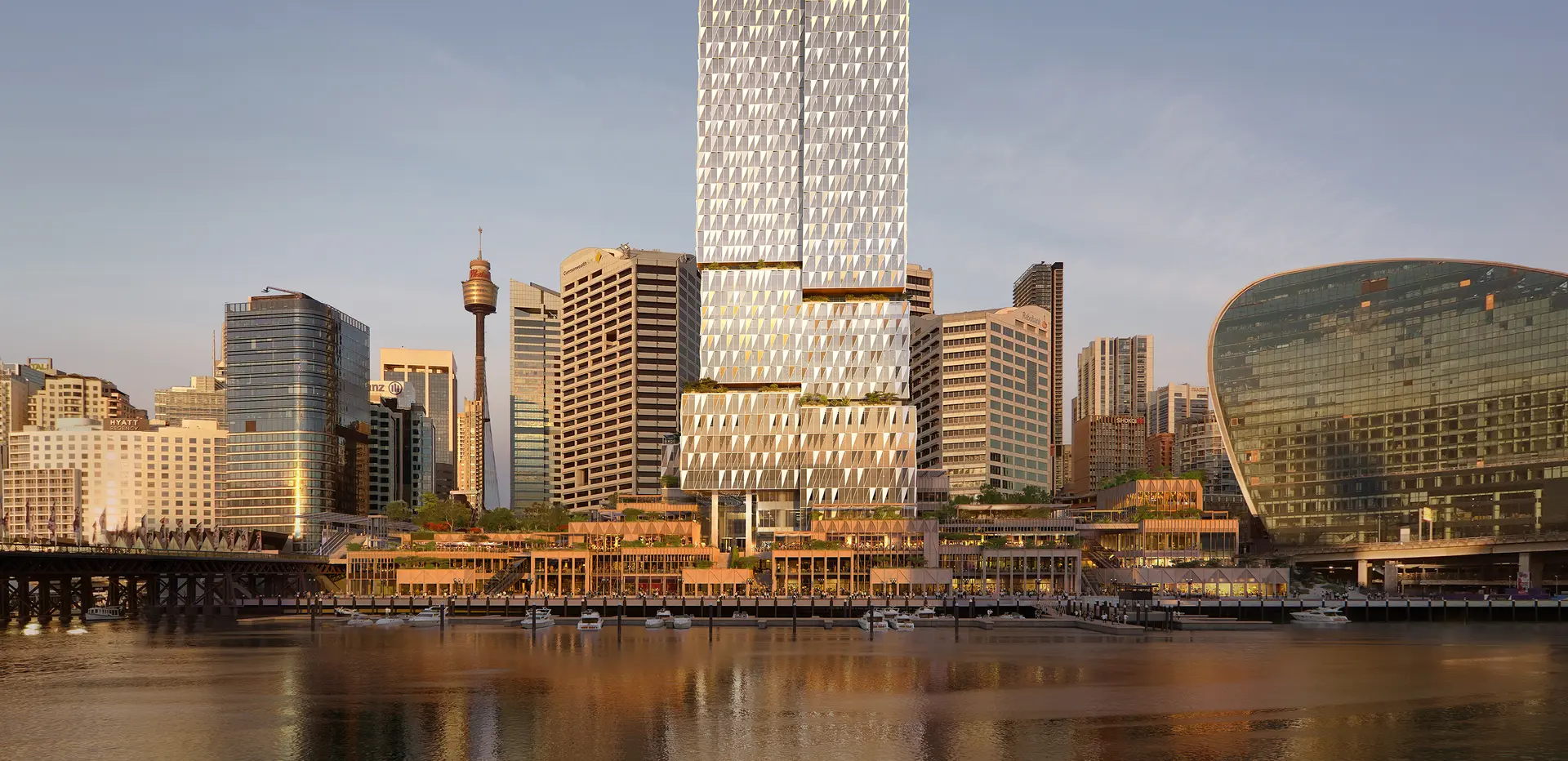
Gothenburg, Sweden
2017 - 2024
Campus Lundby
Located in an urban neighborhood in Gothenburg, the Campus Lundby masterplan will combine workspaces, shops, cafés, and restaurants woven along green avenues, creating a new urban district for collaboration and connection.
Project details
Client
Volvo Group
Status
The design of Campus Lundby echoes Volvo’s mission to continue to shape the future of mobility. With the first mass-produced vehicle rolling off the factory line there in 1927, the Gothenburg suburb of Lundby is the birthplace of the Volvo brand. Allowing its past to inform its future, the area is evolving into a dynamic hub – a destination for innovative transport solutions.
Transitioning from industrial site to a world class innovation hub, Campus Lundby is designed to be more than an ordinary workplace for Volvo Group’s 10,000 employees. Adding almost half a million square meters to the campus, the 400,000 m2 site integrates workshops, offices, and activated public spaces with diverse street scales for an enriched pedestrian experience. The project’s design is dedicated to nurturing a vibrant community, creating opportunities for intersections between creativity and enterprise.

“Through the masterplan, we’re encouraging campus life to extend beyond the workstation. A network of public spaces encourages movement, collaboration, and connection across functions. By activating the spaces between buildings, the design brings the campus’ dynamic environment to life."
Sofia Lundeholm
Associate Design Director, Urbanism




Community, collaboration, connectivity
The project’s vision builds on the logic of a city, reimagining the campus typology to foster an inviting, collaborative environment where employees, external researchers, and students can come together and exchange ideas. Designed to engage users at every level, community plazas and sheltered spaces activate the public, while careful attention to detail and tactility at eye level ensures that large industrial buildings remain welcoming and approachable. Above, a network of rooftop terraces extends this accessibility, transforming roofscapes into social spaces filled with daylight, fresh air, and greenery.
Connectivity throughout the site is achieved through innovative solutions like a skyway, which connects the rooftop levels across the large industrial halls, creating new connections across campus. While new pathways reclaim areas once dominated by vehicles, prioritizing pedestrian traffic and improving accessibility through an integrated mobility hub.


An integrated city campus
Envisioned as an integrated part of Gothenburg, the project will provide new amenities to the neighborhood, a public park, a new urban square, and a mobility hub. The design blends new ‘landmark’ buildings – placed strategically for their height and visibility – with the revitalization of existing, historic structures to enhance wayfinding and highlight Volvo’s heritage.
The site’s hilly terrain provides an opportunity to integrate spaces for interaction directly into the landscape. Movement across the campus happens both horizontally and vertically, with key programs strategically placed at crossroads to encourage collaboration and spontaneous encounters. Rather than seeing the site’s geography as a challenge, the design leverages it as an opportunity to enhance accessibility for everyone – employees and visitors alike.

Designing for a resilient future
In a country where energy supply and efficiency are high on the national agenda, the project will also focus on self-produced, stored, and shared energy, alongside the use of resource-efficient construction methods and circular material flows.
With several historic, industrial buildings already on-site, future development will carefully consider the integration of these structures, balancing heritage preservation with future growth. The masterplan also addresses waste management, deliveries, and technical infrastructure, ensuring that all systems are optimized for minimal environmental impact.



Martin Stenberg
Design Director

Sofia Lundeholm
Associate Design Director, Urbanism
Next project
Lighthouse at Darling Park
Explore project